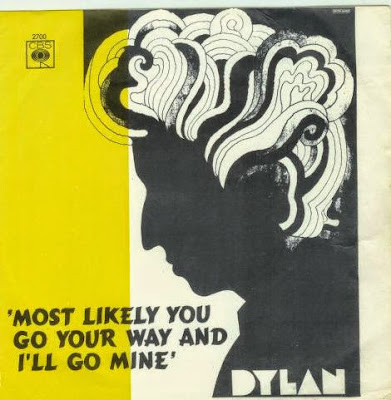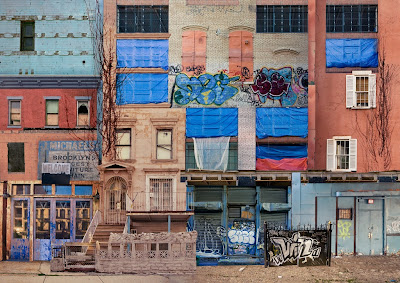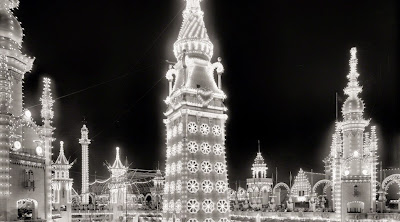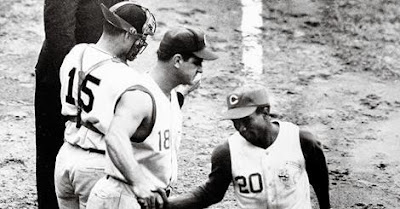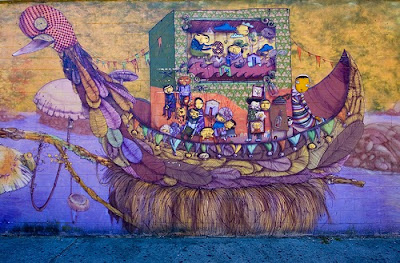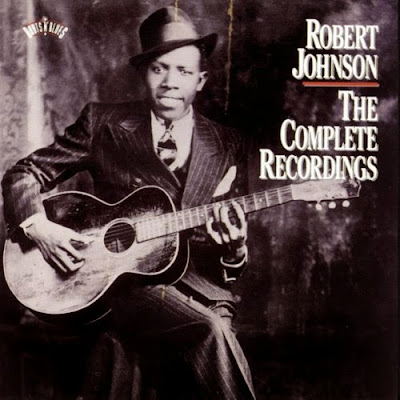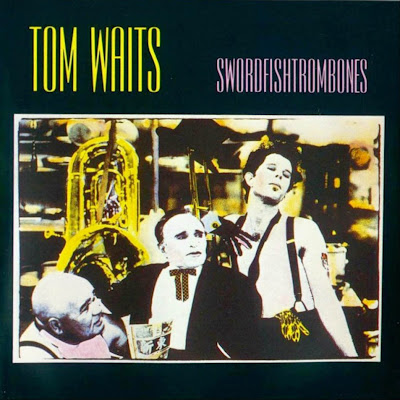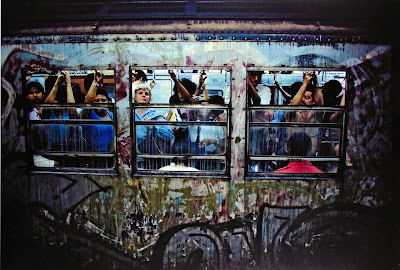
"In spring 2012 artist Jason Brinkerhoff (born 1974) discovered a collection of around 950 black-and-white Type 42 Polaroids featuring headshots and intimate close-ups of actresses taken from the television screen beginning in the late 1960s. The origins of the series—and, most notably, its creator—remain entirely mysterious, their author's only trace being the scribbles of actresses' names and dates on the Polaroids' edges. Edited by Nicole Delmes and Susanne Zander, and introduced by Cindy Sherman, Fame Is the Name of the Game showcases a selection of 120 works from the extraordinary archive. Capturing such celebrities as Brigitte Bardot, Doris Day, Catherine Deneuve, Mia Farrow, Jane Fonda, Sophia Loren, Barbara Streisand, Elizabeth Taylor and Tina Turner, the collection wrests the fleeting fame of 1960s cinema into the present, memorializing the fascination it provided for the anonymous photographer. ..."
artbook
Galerie Susanne Zander
Wall Street Int.
amazon


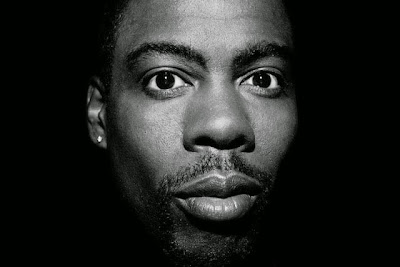






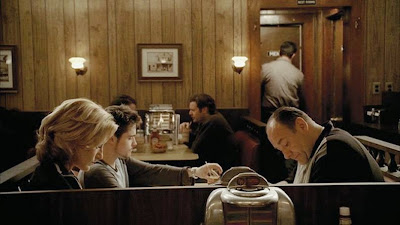




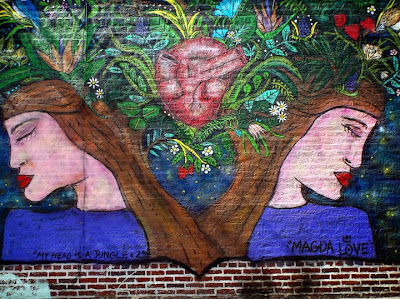
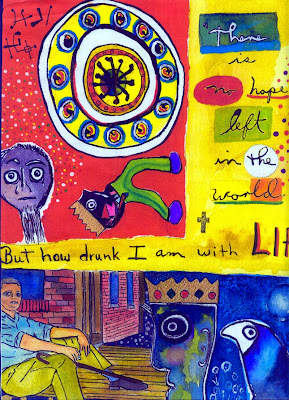






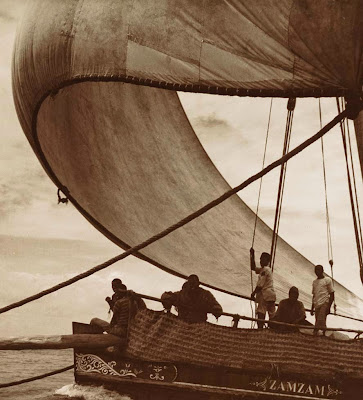




_-_TIMEA.jpg)
